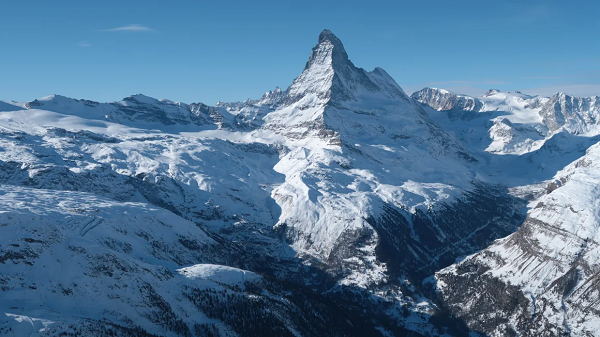Part of the border between Italy and Switzerland will be redrawn as glaciers marking the boundary melt, demonstrating the profound impact of climate change caused by human activities. The two nations have agreed to alter the border under the iconic Matterhorn Peak, one of the highest summits in the Alps.
Large portions of the Swiss-Italian border are defined by glaciers and snow fields, making them susceptible to shifts due to melting. The Swiss government announced that the border adjustment, agreed upon in 2023, was officially approved on Friday, with Italy expected to follow suit.
Switzerland’s glaciers are melting at an unprecedented rate, losing 4% of their volume in 2023, following a record 6% loss in 2022. This trend is predicted to continue, leading to unstable landscapes, potential landslides, and freshwater shortages.
Redrawing borders due to melting glaciers is a visible reminder of the significant and far-reaching effects of global warming on the world.







